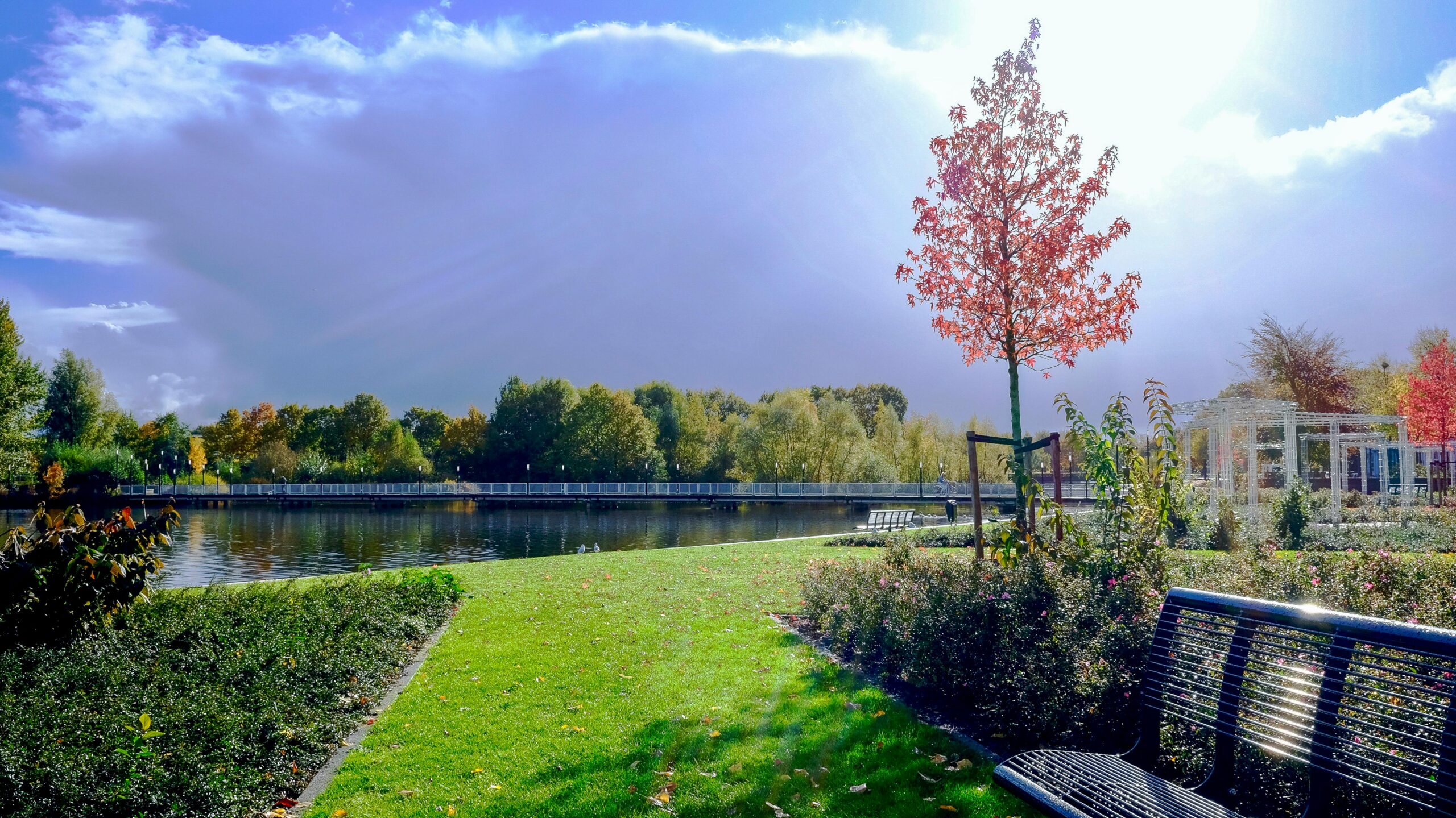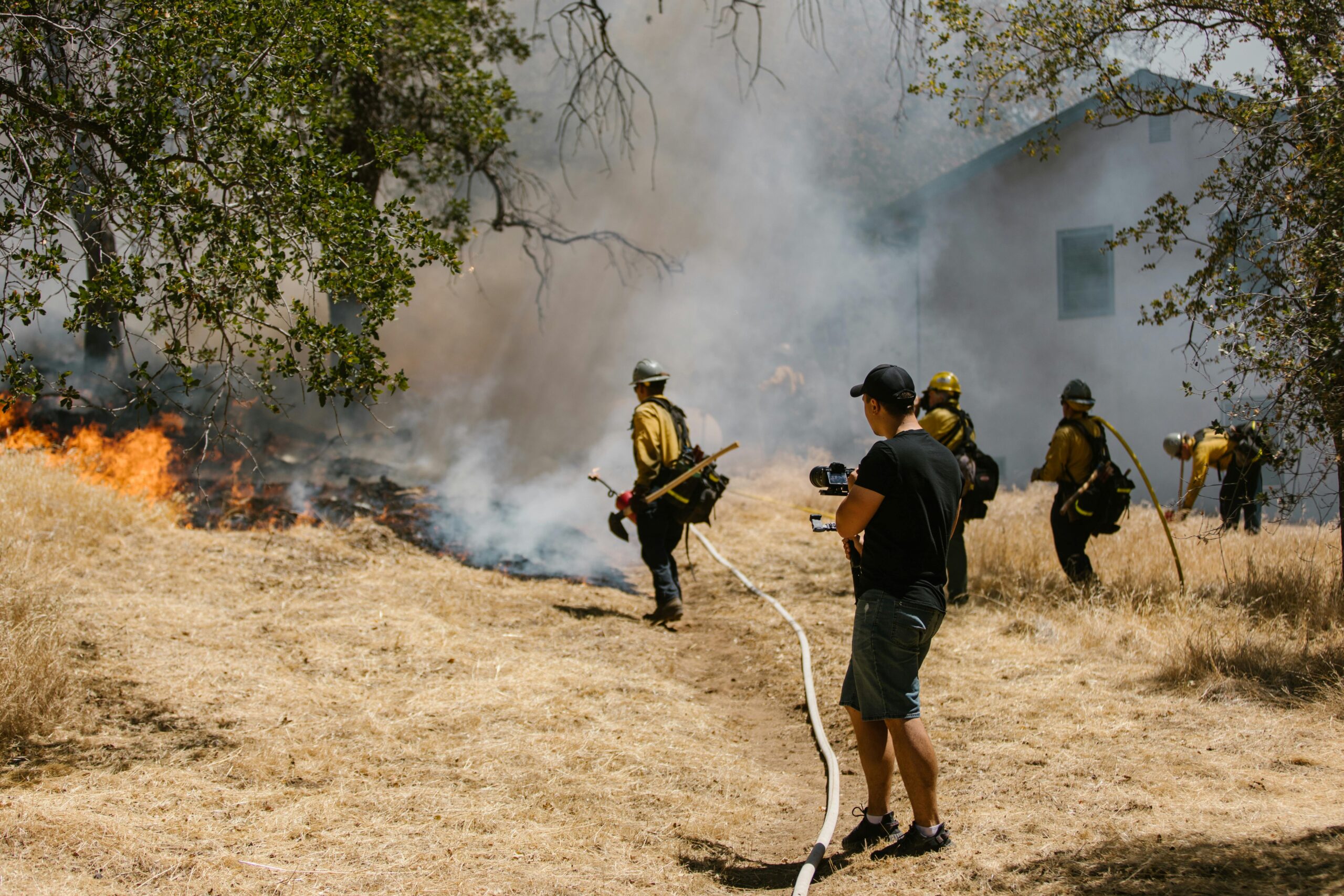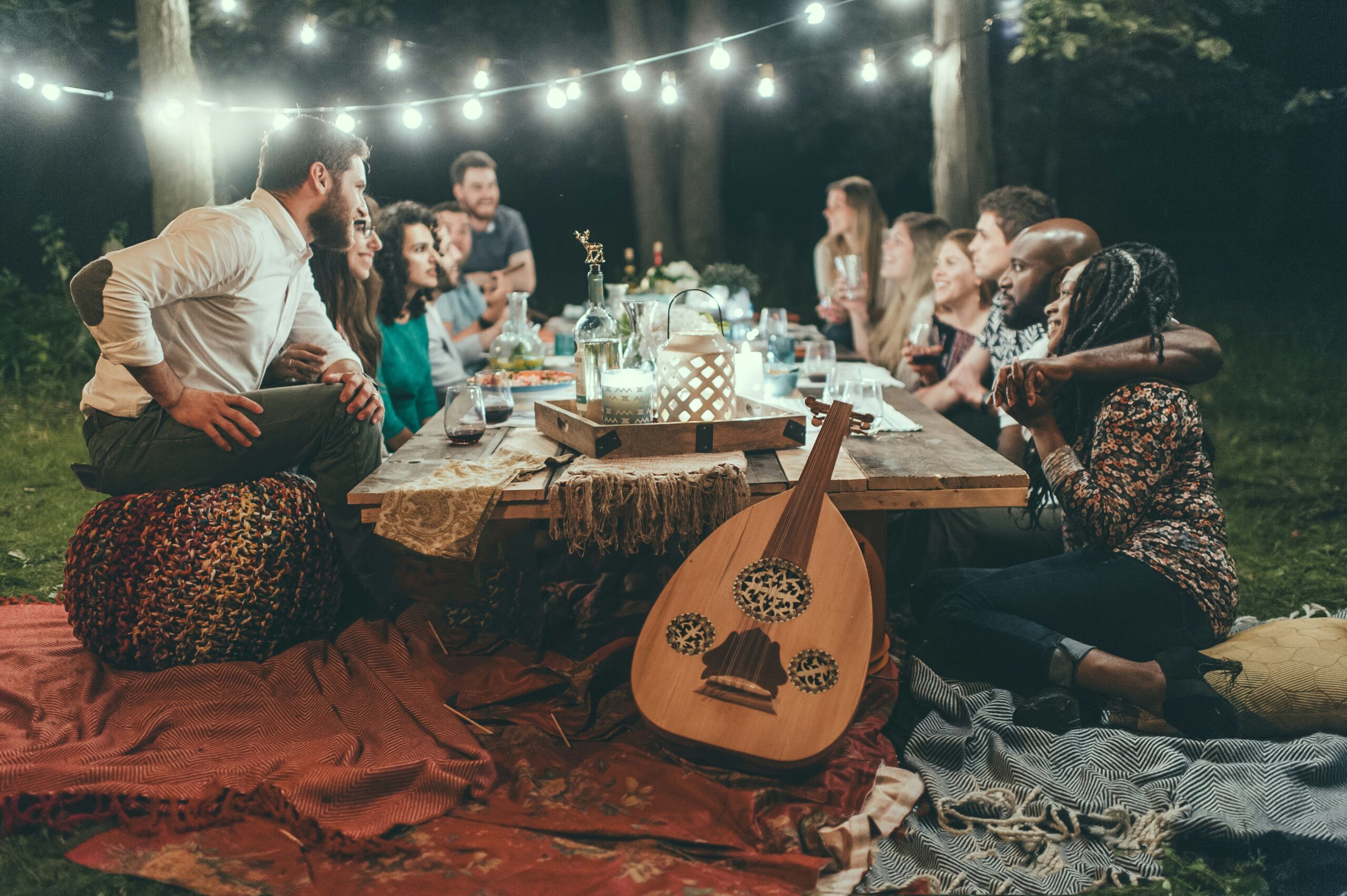Washington is about to be hit by a Republican wave. The new GOP leaders arriving in January are promising big changes to many different areas, including health care.
But data from the Associated Press VoteCast election poll, a massive survey of tens of thousands of Americans, show that when it comes to health policy, voters seem to favor approaches that do not follow traditional Republican ideas. In short, voter responses suggest interest in more government involvement in health care, not less, and that is true across all of the 15 community types in the American Communities Project — even those that voted for President-elect Donald Trump.
On four important questions — ensuring Americans have health coverage, lowering the costs of prescription drugs, forgiving medical debt, and ensuring children are vaccinated for childhood diseases — voters in nearly all the ACP’s types said they wanted the government to be “more involved.”
As we have noted on the ACP site since November, even though the presidential race was close nationally, Donald Trump carried the vote in 11 of the 15 ACP community types and did so by double-digits in each.
But the VoteCast numbers around health are raise questions about what exactly Americans are looking for from their new Washington leadership and, in some sense, questions about what the left/right policy breakdown looks like in United States as it heads into 2025.
Ensuring Coverage
Ever since the passage of the Affordable Care Act (aka Obamacare), Republicans have talked about repealing it or repealing and replacing it. If the new GOP majority wants to pursue that strategy, they might want to come back with something that provides at least as much coverage for Americans — and probably more — according to the VoteCast data.
In 14 of the 15 ACP community types (all but the Native American Lands, where uninsured rates are high at 17%), more voters chose the answer “more involved” on the question of how involved the government should be in “ensuring that Americans have health care coverage.” That includes 10 of the community types that voted for Trump.
The numbers were highest in community types that tend to lean Democratic — the African American South, Big Cities, Urban Suburbs, and College Towns. But more than 50% chose “more involved” in Trump-voting communities such as the Exurbs, Middle Suburbs, and Military Posts.
And in every type, “more involved” and “about the same” together received more responses than “less involved,” suggesting there isn’t a lot of appetite for lessening the government’s role in ensuring coverage.
Prescription Drugs
Similarly, a clear majority of residents in all 15 community types said they want the government to be more involved in lowering the cost of prescription drugs, according to the survey. More than 70% of residents in 14 community types — every type but the Aging Farmlands — agreed with this view.
Such coalescing is notable given the range of mindsets, backgrounds, generations, lifestyles, and terrains that exist within America’s immense geographic landscape. The African American South, where diabetes and other chronic diseases are prevalent, hit 80%. Aging Farmlands, sparsely populated, mostly white, older communities in the Central and Great Plains, where an individualistic spirit runs deep, were at the low end at 60%.
Price increases for prescription drugs are routine in the U.S. There were 4,264 drug products that increased in price from January 2022 to January 2023, according to the U.S. Department of Health and Human Services. “For those drugs with a price increase, the average increase over the January 2022 to January 2023 period was 15.2%,” according to HHS.
The federal government has started providing more support for certain groups. As part of the Inflation Reduction Act of 2022, Medicare drug plans for those 65 and over are not permitted to charge more than $35 for a one-month supply of Part D-covered insulin. What’s more, 10 prescription drugs covered under Medicare Part D have been selected for price negotiation, scheduled to take effect January 1, 2026. Several kinds of communities across the ACP are senior-rich, including Graying America, Aging Farmlands, the African American South, Working Class County, Evangelical Hubs, and Rural Middle America.
Medical Debt
Medical debt is seen as a significant issue in American health care as well. At least 50% of residents in all 15 types said they want more government involvement in forgiving medical debt, according to the survey. Aging Farmlands and LDS Enclaves based in the interior West were at the low end, at 50% and 51% respectively. Majorities who want more involvement were found across communities of diverse populations.
Medical debt is a particular pain point in the South, in both attitudes and experiences. Most glaringly, 67% of residents in the African American South said they want more government involvement in this area. In Evangelical Hubs, also concentrated in the South and solidly Republican, 60% felt this way. Southern counties stand out for having larger shares of medical debt in collections, as chronicled by The Urban Institute.
To date, seven southern states — Tennessee, South Carolina, Georgia, Mississippi, Alabama, Florida, and Texas — have not expanded Medicaid “to nearly all adults with incomes up to 138% of the Federal Poverty Level” as permitted under the Affordable Care Act, according to the KFF.
Vaccines
Vaccines are another hot-button issue in health care policy that Trump and voters weighed in on recently. In an interview on NBC’s “Meet the Press,” Trump said he’d consider eliminating childhood vaccines “if they’re dangerous for the children.”
The VoteCast data on this question are not as easy to unpack. In nearly every type (all but the Native American Lands, again, where government distrust seems to run deep), a plurality says they want the government more involved in “ensuring that children are vaccinated for childhood diseases.” But the left/right divide shows up a bit more on this question. Community types where the “more involved” number is at 50% or more are the types that voted for Democrat Kamala Harris in November — plus the Hispanic Centers.
And the lowest “more involved” numbers, come from the more rural ACP types that lean Republican. Along with the Native American Lands, the Aging Farmlands, Graying America, LDS Enclaves, Rural Middle America, and Working Class Country types are all at 45% or fewer choosing “more involved.”
To be clear, the vaccine question is complicated and could be read differently by people and in different communities. For instance, some voters may want the government more involved so that there are fewer vaccines recommended. It’s impossible to know without going out and talking to voters on the ground.
Overall, however, it’s surprising that communities that lean Republican support more government involvement, even if that support is only a plurality of voters. Those wanting the government “less involved” only reaches 30% in two community types, the Aging Farmlands and LDS Enclaves.
The Broader Meaning
The biggest takeaway from these four survey questions may be that, on the issue of health care, Americans want government to have a significant role — even in places the ACP knows are very politically conservative. That’s a departure from conventional wisdom.
Some of the support for more government involvement in these Republican-leaning communities may be tied to changes the GOP has seen under Donald Trump. The president-elect can be difficult to read and erratic, but many of his approaches on policy involve government doing more, not less — everything from tariffs and industrial policy to social issues.
In other words, whatever one’s feelings about Trump and his policies — and the man is clearly divisive — he often tends to call for a more activist government. And that may be impacting how Republicans see government’s role in their lives.
What all this will mean in his second time in office is far from clear. The Trump transition team is also talking about big government cuts. But that broader idea of Republicans supporting government as a tool could have long-term impacts as the nation continues on what appears to be a broader political realignment.
And in a deeply divided country, the idea that people in nearly all the ACP types support an active role for government in their lives — at least around health care — suggests there could be some surprising areas of agreement.









